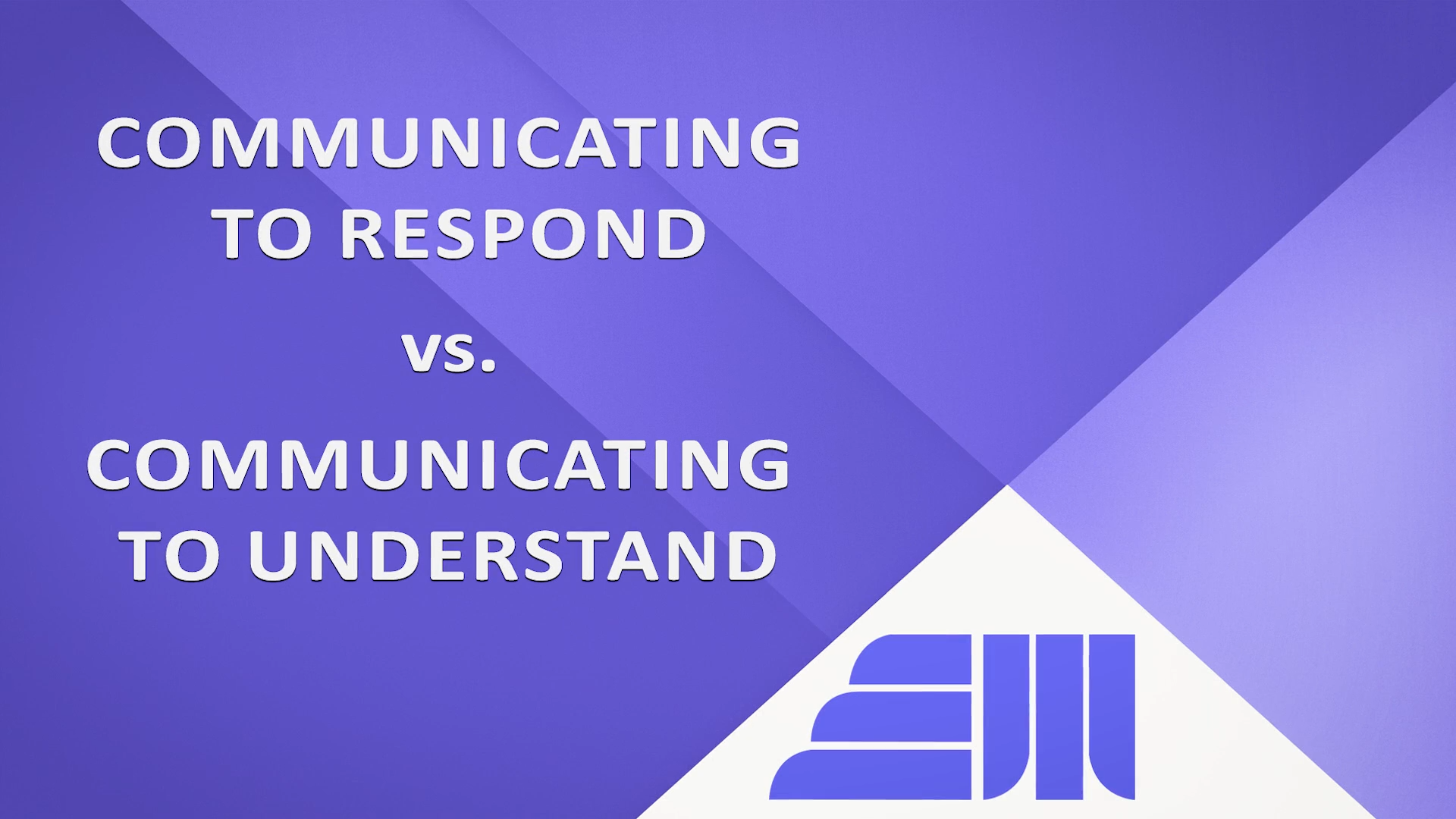
Distinguish Your Leadership with the Combination of Passion and Compassion
Being a passionate leader is no longer enough. Great leaders balance fire with empathy, drive with discernment, and urgency with understanding...

Founder
By Gerald Parsons • Jan 4, 2025
In today’s dynamic organizational environment, success is no longer solely defined by operational efficiency, cutting-edge products, or stellar financial performance. While these factors remain critical, another often underappreciated component of sustainable success is relationship equity—the value derived from fostering strong, meaningful connections among your contributors and stakeholders.
What Is Relationship Equity?
Relationship equity is the intangible yet measurable value created when organizations prioritize trust, collaboration, and mutual benefit within their networks. It’s the emotional and professional currency that ensures stakeholders—whether employees, customers, suppliers, or partners—feel valued and invested in your organization’s success. Just like financial capital, relationship equity can grow through intentional nurturing or deplete when neglected.
The Business Case for Relationship Equity
For organizations seeking to thrive in a competitive market, relationship equity is not just a soft skill; it’s a strategic advantage. Here’s why:
Building Relationship Equity: Practical Steps
Developing relationship equity isn’t an overnight endeavor. It requires a sustained commitment to transparency, empathy, and shared success. Here are some strategies to get started:
Real-World Examples
Apple Inc.: Apple’s ability to foster loyalty among its customers and ecosystem partners stems from its commitment to quality, communication, and shared vision, creating lasting emotional connections.
Southwest Airlines: Renowned for its employee-centric culture, Southwest Airlines demonstrates how investing in internal contributors translates into excellent customer service and financial performance.
The Long-Term Payoff
Relationship equity is not a short-term fix; it’s a long-term strategy that pays dividends in trust, loyalty, and sustained performance. By embedding relational values into your organizational DNA, you create a foundation for collaboration, innovation, and resilience.
In an era where trust and authenticity are paramount, building relationship equity isn’t just the right thing to do; it’s the smart thing to do. Organizations that excel in this area position themselves not only for immediate success but for enduring impact in a rapidly evolving world.
Embrace the power of relationship equity, and watch as it transforms the dynamics of your contributors and stakeholders—enhancing your bottom line in ways you never imagined.

Being a passionate leader is no longer enough. Great leaders balance fire with empathy, drive with discernment, and urgency with understanding...

Founder

When communication breaks down, so does trust. And when trust disappears, so does engagement, performance, and retention...

Founder

In todays rapidly evolving business landscape, organizations are increasingly recognizing that their most valuable asset isn't their technology, infrastructure, or even their intellectual property—it's their human capital.

Founder